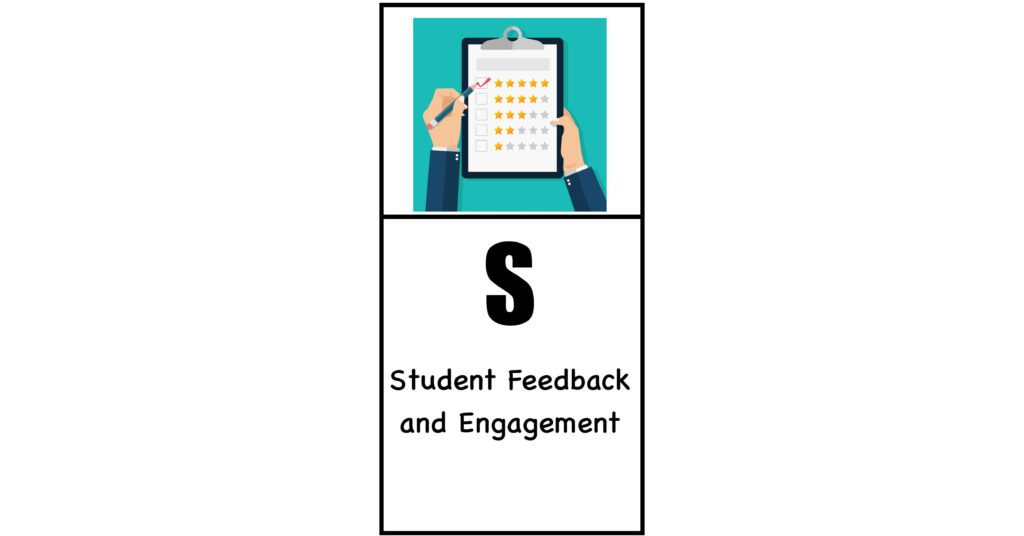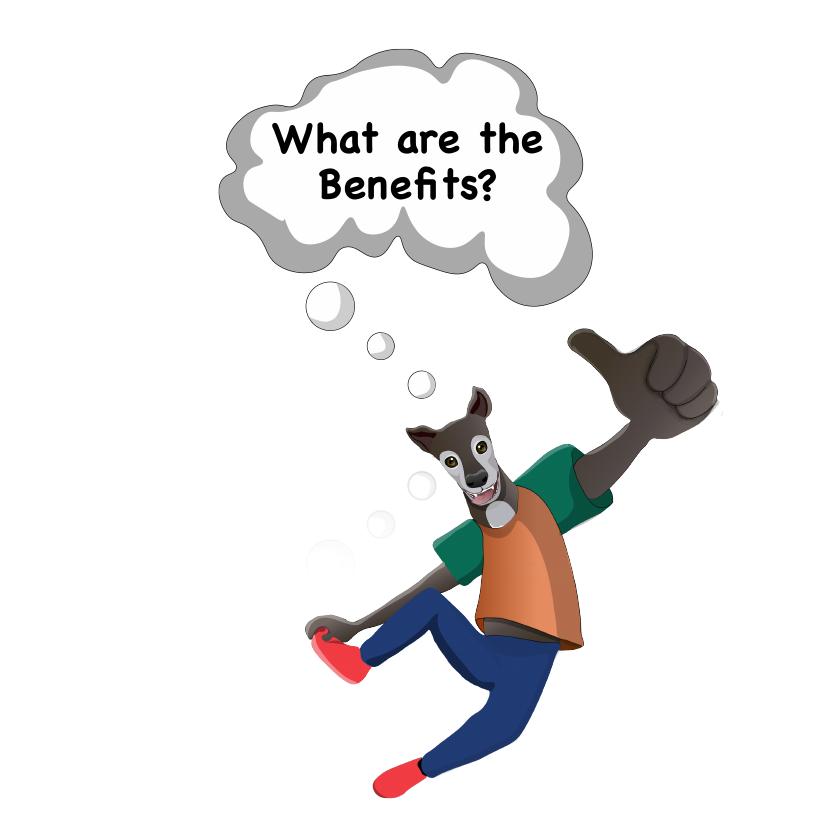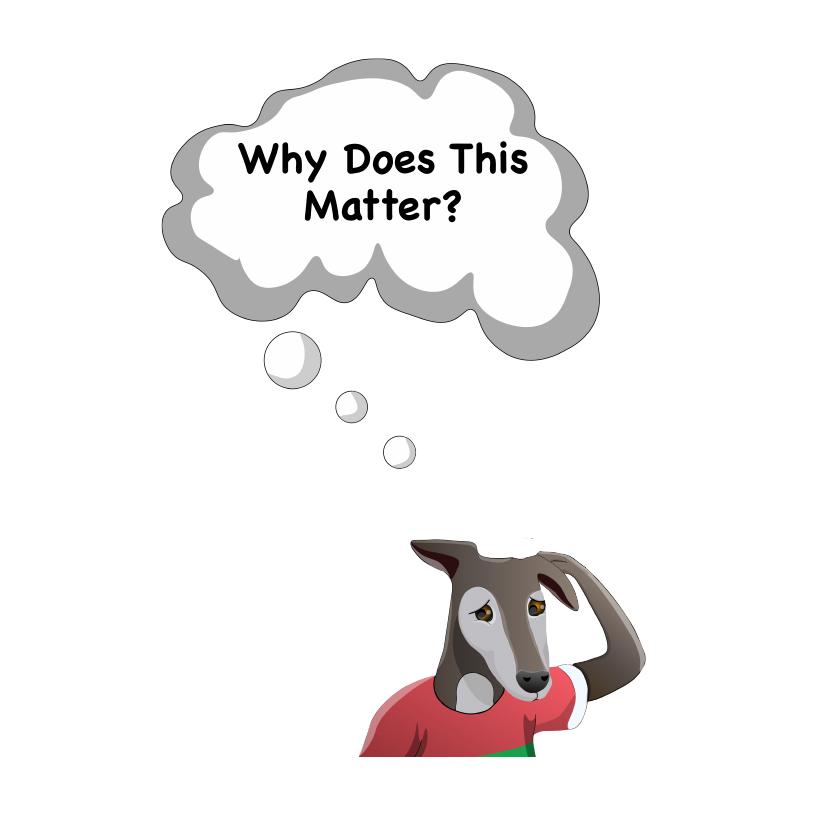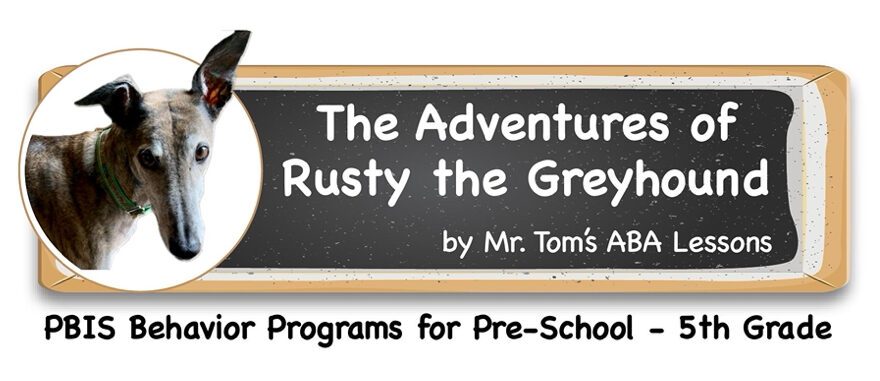
Better Classroom Management by Bonding with Students
Whether you are an adult at a career job or a child in a classroom, you respond to both positive and negative feedback. Consider how proud you’d feel if you received a great comment from your superior on your observation result. Imagine a teacher bringing a trashcan to a student who is chewing gum so that the student spits out the gum without a word exchanged.
By giving your students feedback, you can improve classroom behavior; your authentic, helpful feedback encourages each student’s better, more meaningful engagement in lessons. Student feedback and engagement represents the ‘S’ of the RUSTY System. The best way to use this Positive Behavioral Interventions and Supports (PBIS) strategy is through bonding or pairing with each student. You will implement better classroom management as you bond/pair with your students.
What are the benefits?

Every person’s willingness to complete a task depends on both extrinsic (external) and intrinsic (internal) motivation. Extrinsic motivation relies on outside factors, like the desire to receive ice cream for getting an ‘A’ on a test. Intrinsic motivation comes from within, like the internal drive to run a faster mile than the last benchmark just to make yourself proud.
Both types of motivation increase when someone has a positive connection with a role model. As natural role models, teachers show students how to behave. By bonding with a student, you increase their motivation to succeed.
Why does this matter?

Bonding with a student is important to giving student feedback and encouraging their engagement. A student will struggle to respect a person with whom they have not bonded. For this reason, the unbonded student will not internalize nor act on future corrections you give either.
On the other hand, you will witness less negative classroom behavior when your students look up to you. This evidence-based instructional practice (EBIP) leads to more efficient classroom management and increased participation in lessons. In turn, students will show increased numbers in assessment data because they feel motivated to succeed.
What does this look like?

As the role model, you can model the expected task to show students what they should (and shouldn’t) do. As you model, you can use a one-step direction to cover multiple steps. This classroom behavior technique works alongside Routine and Structure. When you use repetition for a one-step direction that the students have seen before, they will Understand the Expectations.
Consider, alternatively, Exceptional Student Education (ESE) and 504-plan students (i.e. children with IEP or IAP plans). These students may have accommodation requirements to chunk the activity. Remember to apply differentiated instruction to every lesson, as well as to every piece of student feedback. Every kid is unique, so each one deserves special feedback that applies to them. Always, be consistent with your student feedback, meaning clearly express your expectations for positive and negative behavior.
One of the most important EBIPs you can implement through student feedback is praising your students. Examples include giving a high five, complimenting a great answer to a question, showing a thumbs up, and saying “great job for doing [something specific].” Be ready to catch your students making good choices. Plan to give five praises for every correction.
When the negative classroom behavior isn’t dangerous, redirect rather than give corrections. To do this strategy, don’t mention the negative behavior but direct the student back to the task or a productive activity. As an example, if a student is drumming with pencils on the desk, do not say “Stop drumming on the desk”; you might instead say “[Name], please use your pencil to write.” By pointing out the drumming, which you want to stop, you accidentally pair yourself as someone who will respond to the student’s negative behaviors. This accidental pairing can become a fun, unproductive game for the student. Prioritize praising on-task students rather than putting attention on disruptive students.
When you can, walk around the room and check in with all your students. This bonding style works for both play and work time because you are giving the students positive attention. Even joining in with your students as they play or work for a few minutes allows for strong bonding. Try talking about what your students like and playing with them without questioning their neutral behaviors. In this manner, you refrain from putting demands on students. For example, instead of asking “What are you doing?”, say “I love how you are pushing the car,” “You are doing a great job standing in line,” or “Look at how fast you ran.”
Clear and honest student feedback leads to higher levels of activity engagement. As you build rapport with your students through this feedback, you bond with them. When you use this Applied Behavior Analysis (ABA) technique, you foster the increase of student motivation and improvement of classroom behavior.



